About Learning Differences
Learning differences affect 1 in 5 in the US. If left untreated, these differences can be a barrier to reaching full potential. Roughly 40% of those with learning differences also have a mental health challenge like anxiety or depression, often because they have to work twice as hard to keep up with their peers. In the Bay Area it can be even more challenging given the academic expectations. Because individuals with learning differences are bright, many can go undiagnosed until high school or college when academic expectations intensify. Early diagnosis of a learning difference helps improve the individual’s ability to reach their academic potential and assists in the prevention of low self-esteem and/or behavior problems that can potentially interfere with their ability to learn. When provided with a proper diagnosis, the right tools and a strengths-based learning environment, all individuals with language-based learning differences like dyslexia can thrive and express their gifts. For example, California’s Governor Gavin Newsom is dyslexic. Other famous dyslexics include Walt Disney, Albert Einstein, Keira Knightly, Stephen Spielberg and Pablo Picasso. Learning differences are common and yet far too many people with differences are undiagnosed and misunderstood. CHC is here to help individuals with learning differences increase their self-awareness, understand their learning profile, acquire skills and tools for success and unleash their many talents so they can reach their full promise and potential.
Learning differences (LD) is an umbrella term for many types of learner variability including dyslexia (language and reading challenges), dyscalculia (challenges with math), dysgraphia (problems with writing), (sensory integration disorder (motor coordination problems), central auditory processing disorder (difficulty processing and remembering language tasks), nonverbal learning disorders (nonverbal communication problems), visual perceptual/visual motor deficits (reversing letters) and other language-based disorders.
Signs to Watch For
- Bright but struggles academically
- Avoids reading or reads slowly and reluctantly
- Trouble spelling and remembering math facts
- Avoids/does poorly with writing assignments
- Struggles to integrate information from multiple sources
- Memory challenges
- Mixes up letters and sounds
- Trouble following directions
- Clumsiness
- Trouble telling time
- Problems staying organized
- Can’t follow multi-step directions
- Someone in the family has learning differences
- Tubes have been inserted because of chronic ear infections
- Speech and language services indicated before kindergarten
Diagnosing Learning Differences (LD)
Diagnosing young children with LD is difficult. However, parents can watch for indicators like the ones mentioned above and take action as early as possible. The earlier children get intervention, even before a formal diagnosis, the more likely they will be to receive help and the more prepared they will be as academic demands increase. Children with learning challenges commonly decide at an early age that they’re not “smart” by sizing up the differences between the academic performance of their peers and their performance, so getting an evaluation early is important to safeguard your child’s self-esteem. Early intervention is critical, so if you are concerned that something just isn’t right, please reach out to our Care Team.
How CHC helps with Learning Differences
At CHC, we have multiple professionals who can help overcome barriers to learning and help learners develop skills that last for a lifetime.
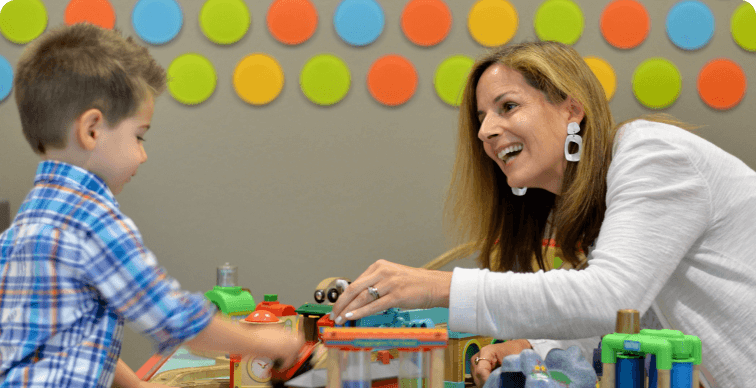
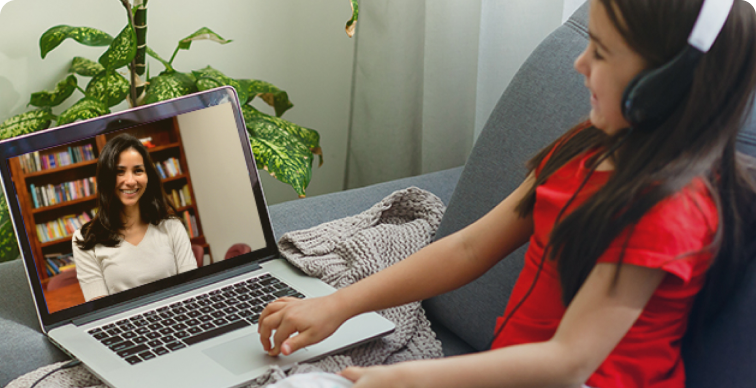
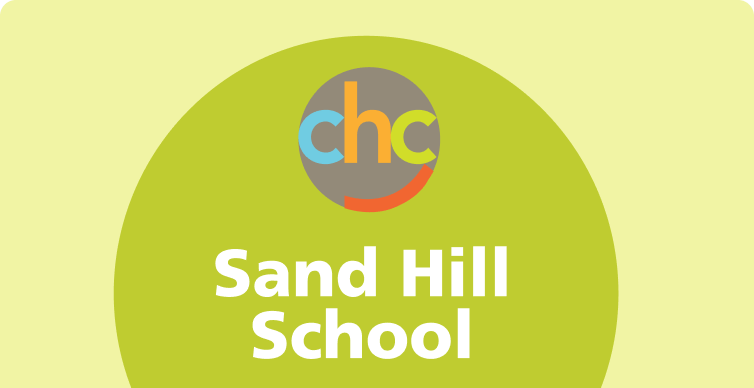
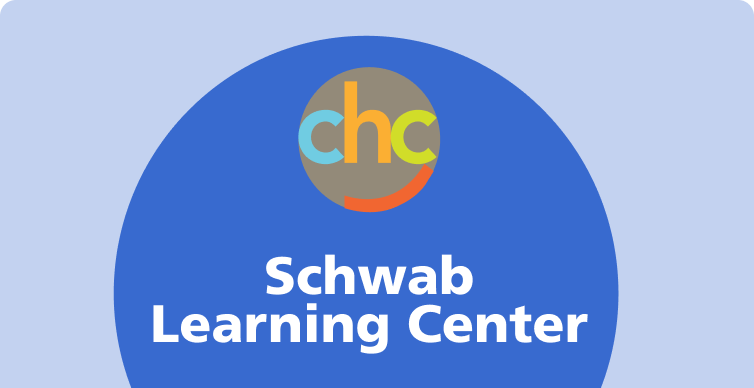
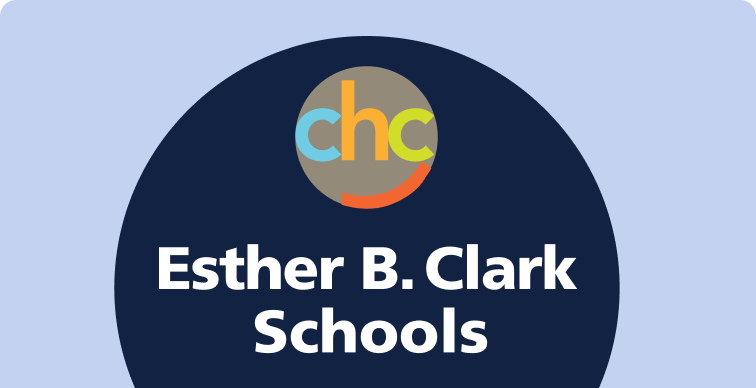
Esther B. Clark Schools
WHERE LIVES ARE TRANSFORMED. EBC CAMPUSES IN PALO ALTO & SAN JOSE
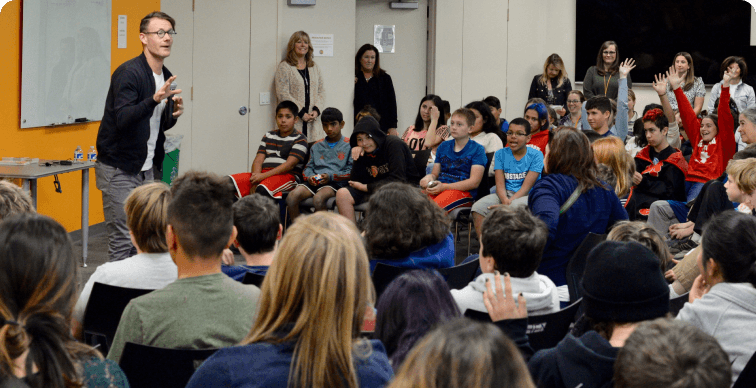

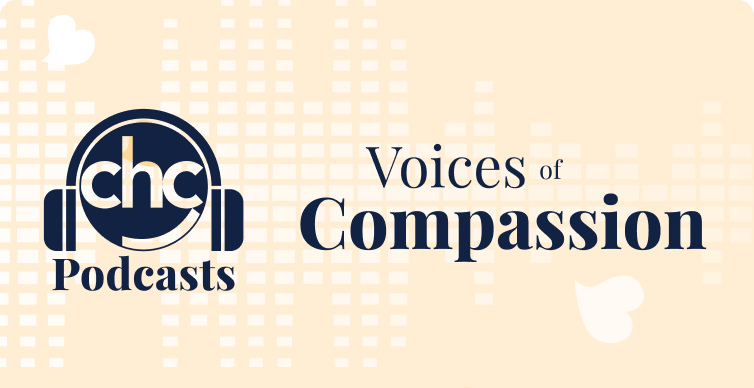
CHC’s Approach to Treating Learning Differences
CHC provides a customized integrated approach to treating learning differences, depending on the case. This typically involves a combination of education and mental health services.
Sand Hill School specializes in working with students in grades 2-8 with dyslexia, other language-based learning differences and/or school-based anxiety. CHC’s Clinical Services offers screenings, evaluations, therapy and coaching. Students at both Esther B. Clark School and Sand Hill School with learning differences learn to manage their challenges. The Schwab Learning Center works with college and high school students with learner variability and provides screening and evaluation, learning specialist support and short term therapy. Community Education classes and podcasts regularly address the topic of learning differences and there are also numerous articles and resources available in our online Resource Library.
CHC Specialists Who Work With Learning Differences
- Teachers
- Learning Specialists
- Neuropsychologists
- Psychologists
- Speech-Language Pathologists
- Occupational Therapists
- Psychiatrists
Ready to find answers?
Contact a Care Coordinator today to review options and schedule an appointment.
Featured Resources
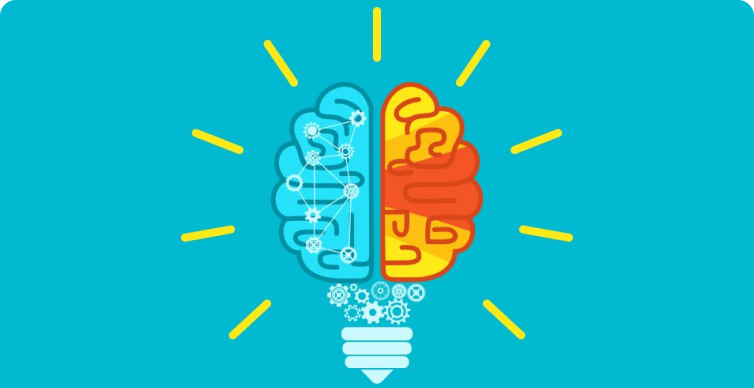
Sitting still is a challenge for lots of kids (and adults!). Schools and teachers are starting to realize that children are actually more focused on learning when they’re given a chance to wriggle, fidget, and move around.

Families across the country are grappling with how to respond when in-person learning doesn’t translate smoothly into virtual learning. With over 74 percent of the largest school districts in the country fully remote — representing more than 9 million children — parents either need to find a way to make schooling work or drop out of the workforce, a problem that is largely affecting women.
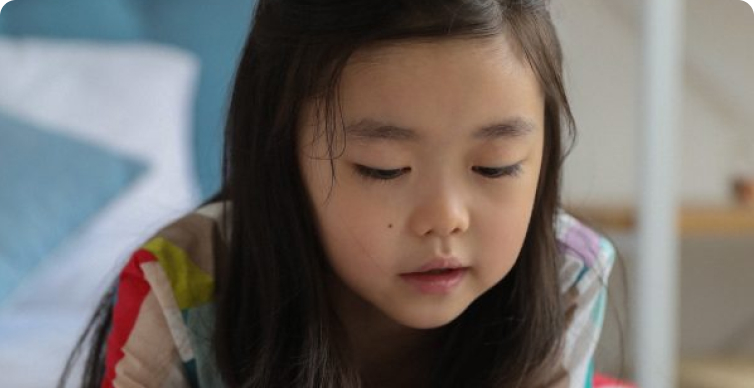
Distance learning is a challenge for us all, especially those with learning and attention issues. In this Voices of Compassion podcast episode, we continue our conversation with CHC’s Chief Psychiatrist and Medical Director Dr. Glen Elliott to learn strategies to help kids with ADHD mitigate distractions and maximize the motivation to learn.
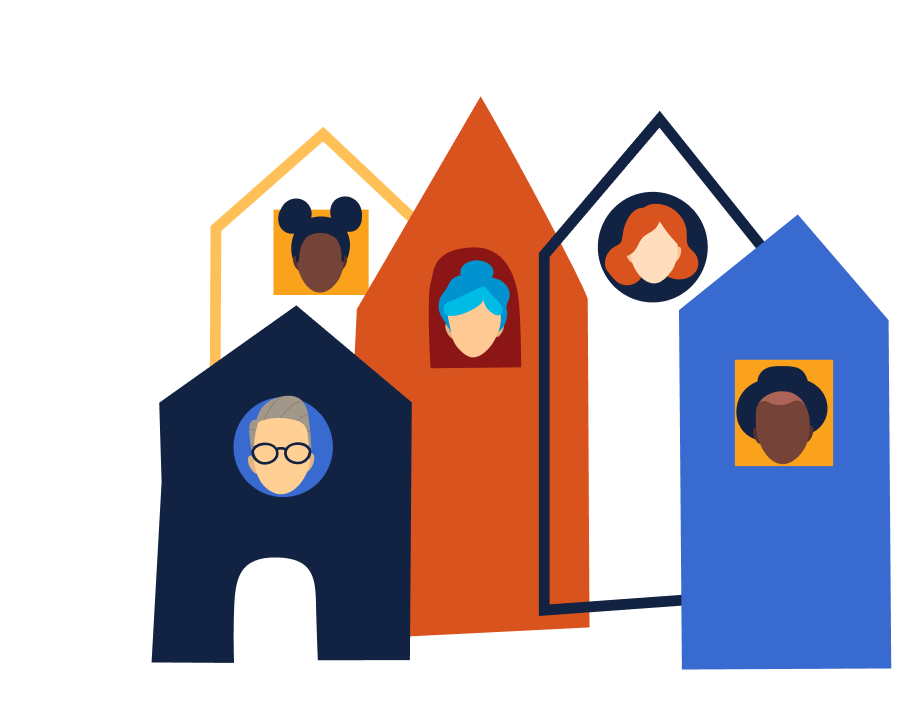
It takes a village.
Sign up for the CHC Virtual Village to receive weekly email updates about news, events and resources related to your interests.


